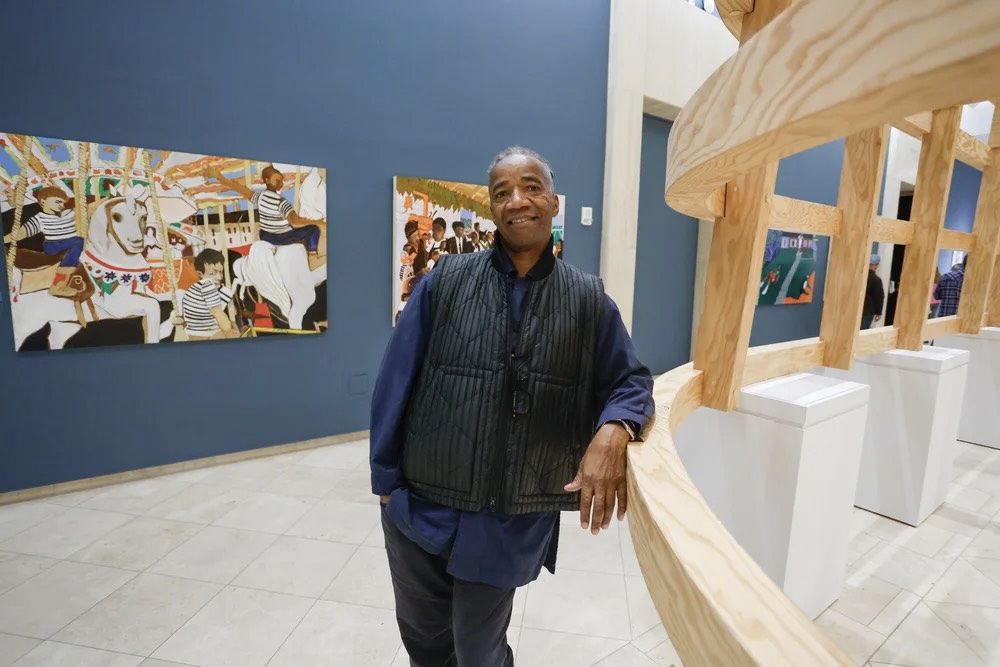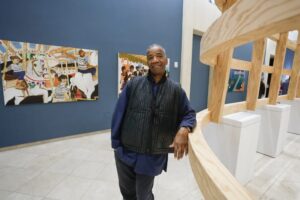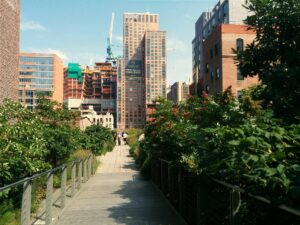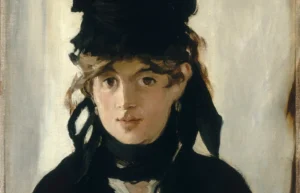As the founder and creative director of Hood Design Studio, a MacArthur “Genius” Fellow, and a professor of landscape architecture & environmental design at UC Berkeley, Hood has spent more than three decades expanding the boundaries of what public space can be. His approach is rooted in a deep respect for memory, culture, and the layered narratives that give places their meaning.
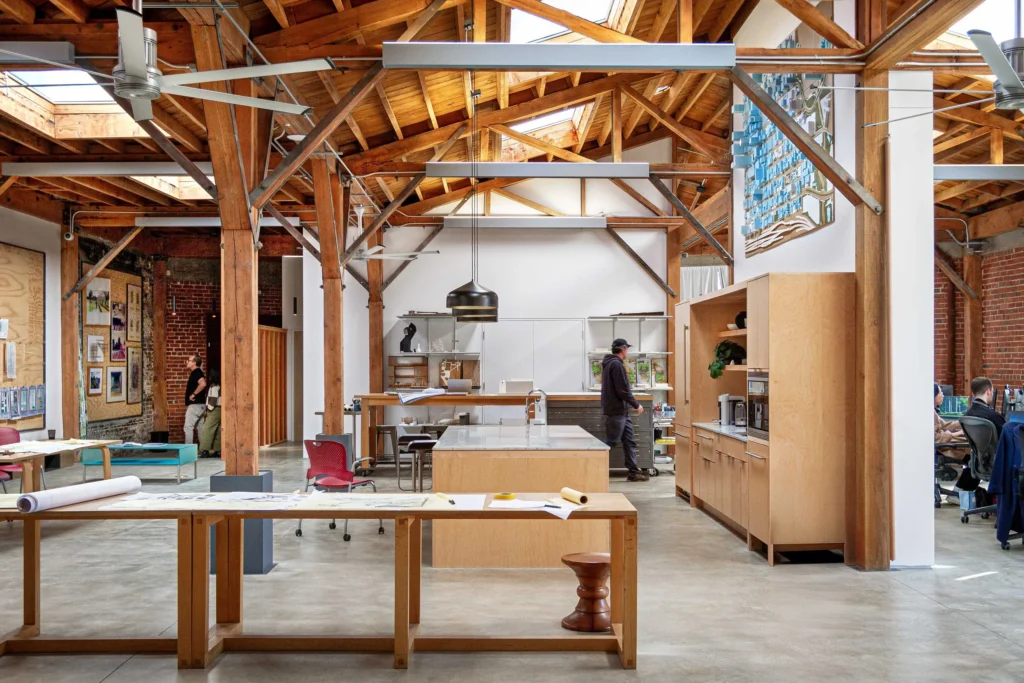
Restoring Stories to the Landscape
Walter Hood’s practice is grounded in the belief that landscapes are archives—not static museums, but living, breathing records of the people who shape them. Across the country, his projects have helped communities reclaim histories that were forgotten, overlooked, or deliberately erased.
His work at the Lafayette Square Park in Oakland, the International African American Museum in Charleston, and the Broad Museum Plaza in Los Angeles demonstrate his distinctive ability to fuse beauty, ecology, and truth-telling. Hood’s designs often surface complicated histories: the people displaced, the communities marginalized, the cultures that thrived despite adversity. Rather than smoothing these histories away, he brings them forward, weaving them into installations and landscapes that engage rather than conceal.
In this way, Hood’s work is a powerful counterpoint to traditional urban design. Instead of imposing a new narrative, he uncovers the layers already embedded in the soil.
Walter Hood’s Work in San Francisco
Locally, Hood’s redesign of the de Young Museum gardens (2005) introduced a new way of animating museum grounds, blending native plantings, sculptural placemaking, and sustainable design. More recently, his studio completed Panorama Park, the reimagining of a historic Bernal Heights overlook that now integrates habitat restoration with community use and viewshed preservation. These projects illuminate Hood’s sensitivity to San Francisco’s ecological systems and the city’s ongoing dialogue between art, landscape, and public life.
Nationally, Hood’s work has been pivotal in redefining how American cities confront their histories. His landscape for the International African American Museum in Charleston uses topography, plantings, and spatial sequencing to acknowledge the site’s role in the transatlantic slave trade. The Witnesses installation in Syracuse transforms a contested urban square into an immersive sculptural landscape. His design for Richmond’s Shockoe Bottom Memorial Park addresses the long-erased history of enslaved African Americans sold at that site. And in projects such as the Oakland Museum of California gardens and the Broad Museum plaza in Los Angeles, he merges cultural storytelling with flexible, community-centered public space.
As San Francisco navigates demographic shifts, debates around cultural equity, and the challenge of maintaining vibrant public spaces, Hood’s philosophy urges institutions not to settle for surface-level beautification, but instead to invest in design that is historically honest, and rooted in the experiences of community.
Hood’s practice asks critical questions—Who is represented in public space? Whose histories are visible? Whose voices shape the landscape?—and then uses design to make those answers tangible.
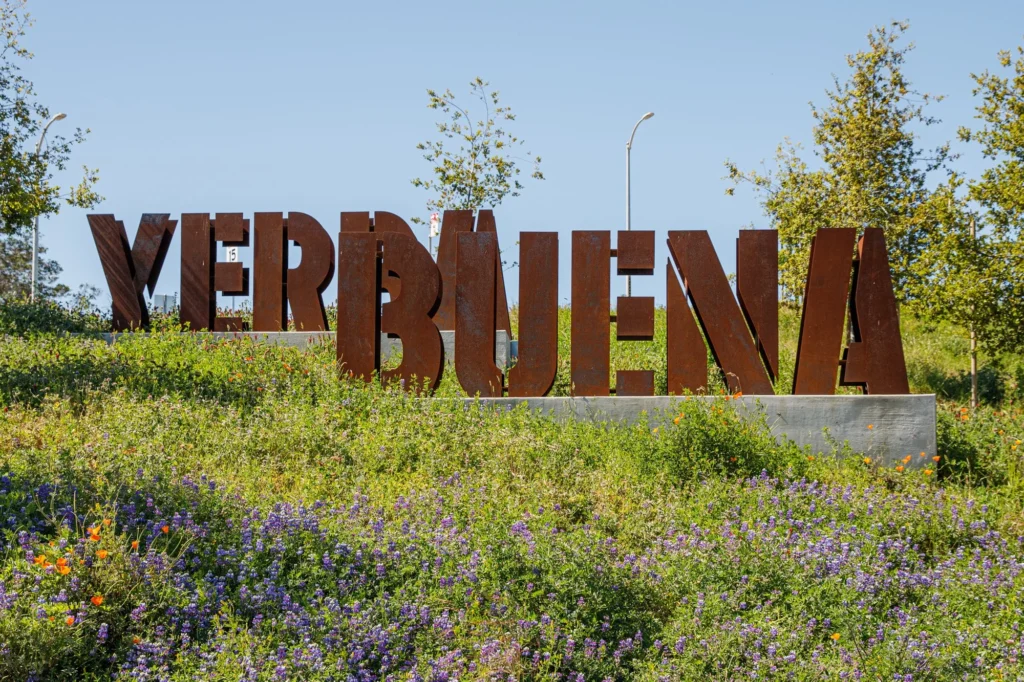
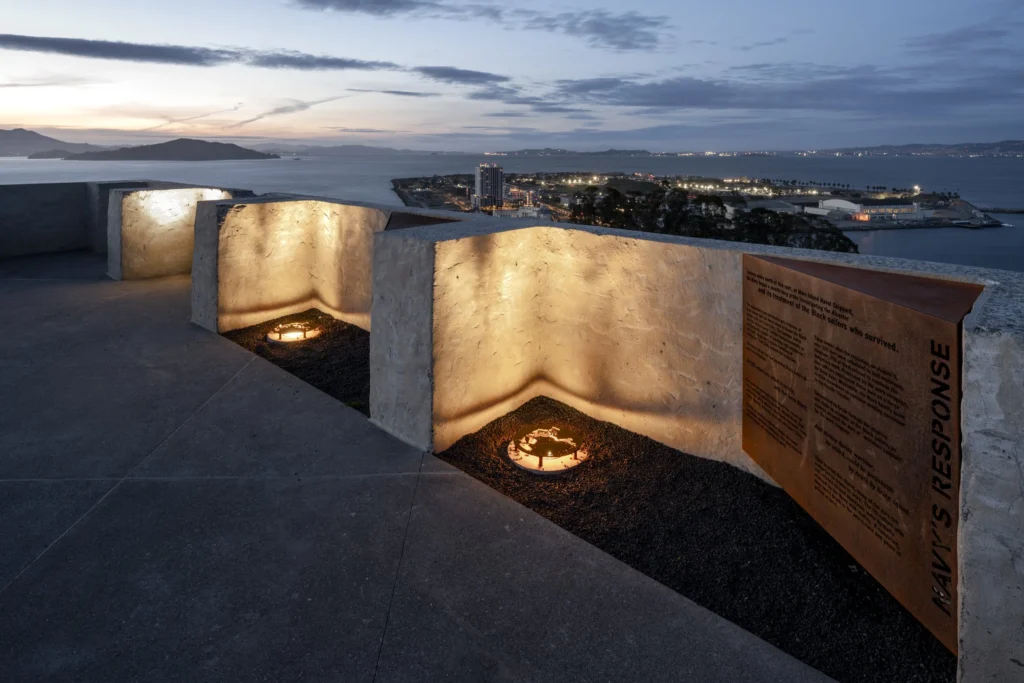
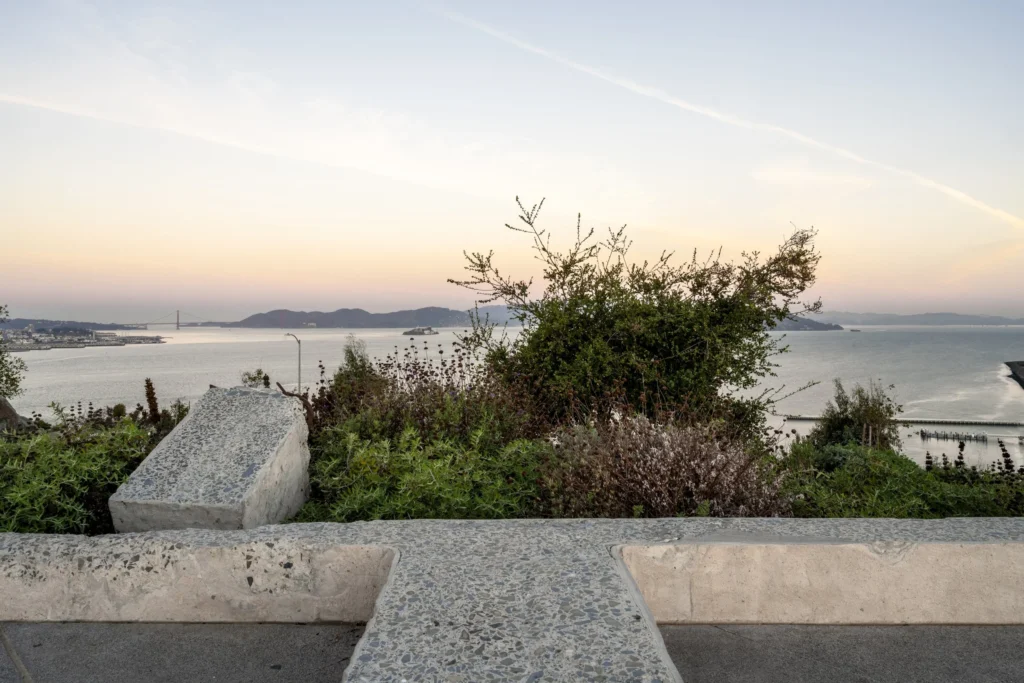


See Walter Hood At Our December 11 Event
On December 11, the San Francisco Garden Club welcomes Walter Hood for a special conversation with Carolyn Tyler of the San Francisco Film Commission, during our annual Holiday Luncheon at the Metropolitan Club. The theme—See Walter—invites us to explore not only his remarkable body of work but also the ways he asks us to look differently at the world around us.
About Carolyn Tyler
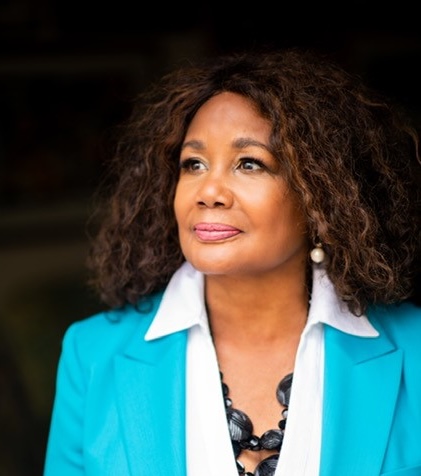
The event’s host, Carolyn Tyler, brings her own powerful lens as part of the San Francisco Film Commission, where she champions the city’s creative communities and cultural storytelling. Her dialogue with Hood will explore the intersections between design, placemaking, film, and narrative—how the stories we tell and the places we build interact, shape one another, and influence public imagination.
Together, Tyler and Hood will delve into the ways art, design, and civic leadership can serve as catalysts for cultural visibility. Their conversation promises insight into how cities can become more honest, more expressive, and more reflective of the communities who give them life.
